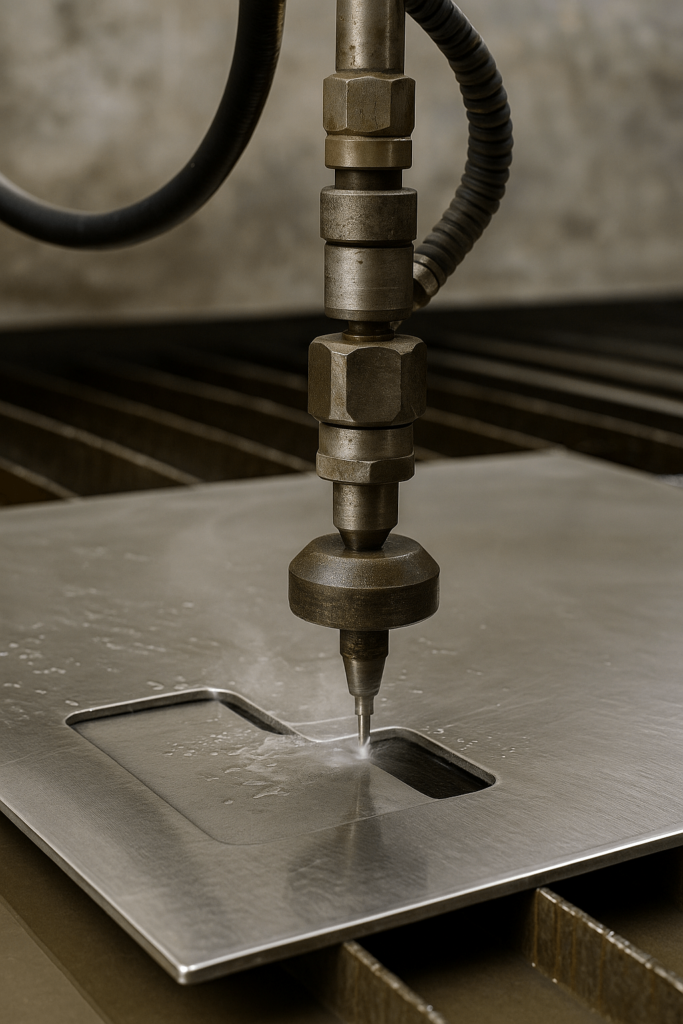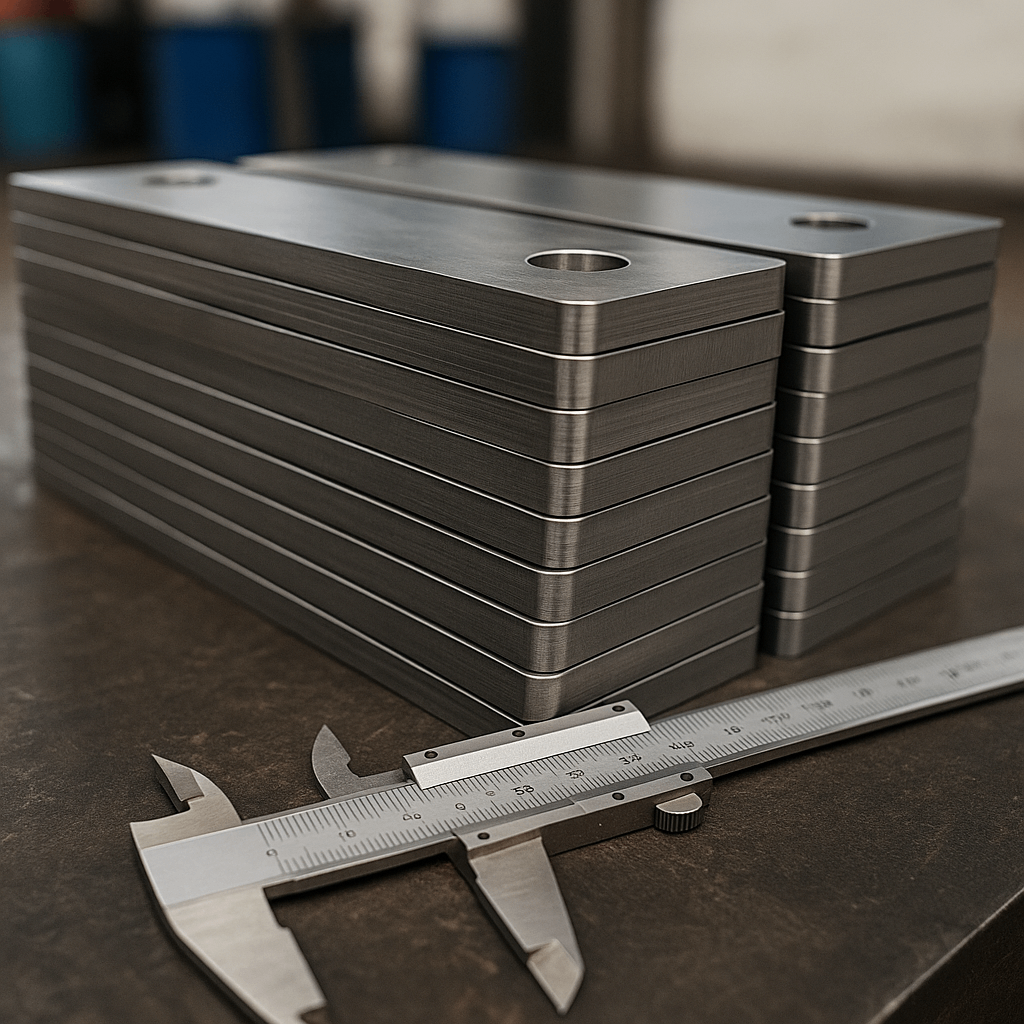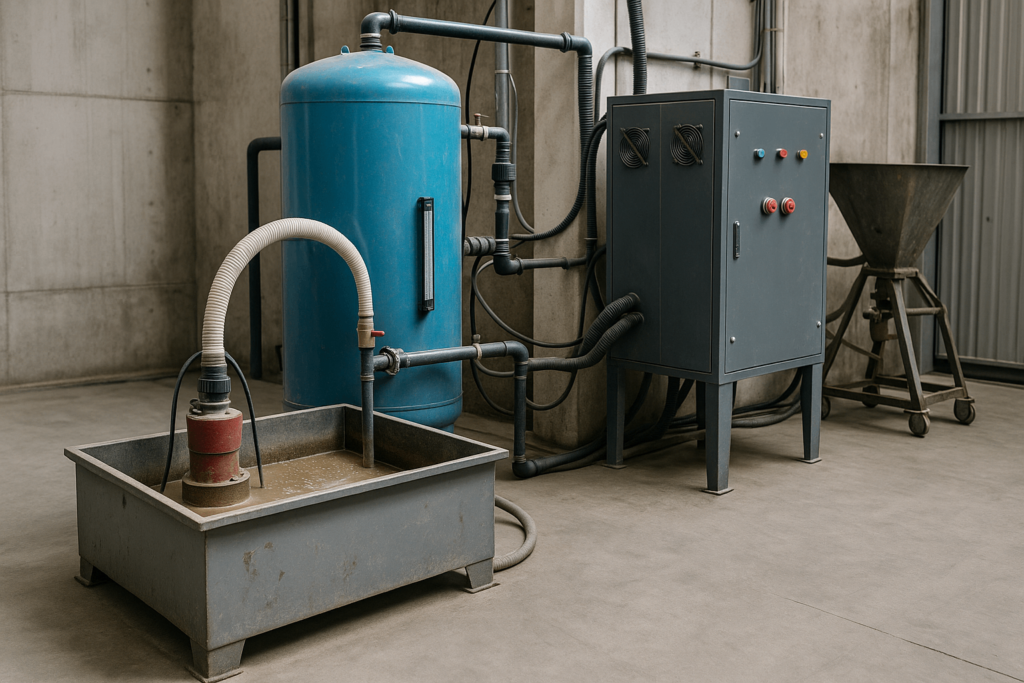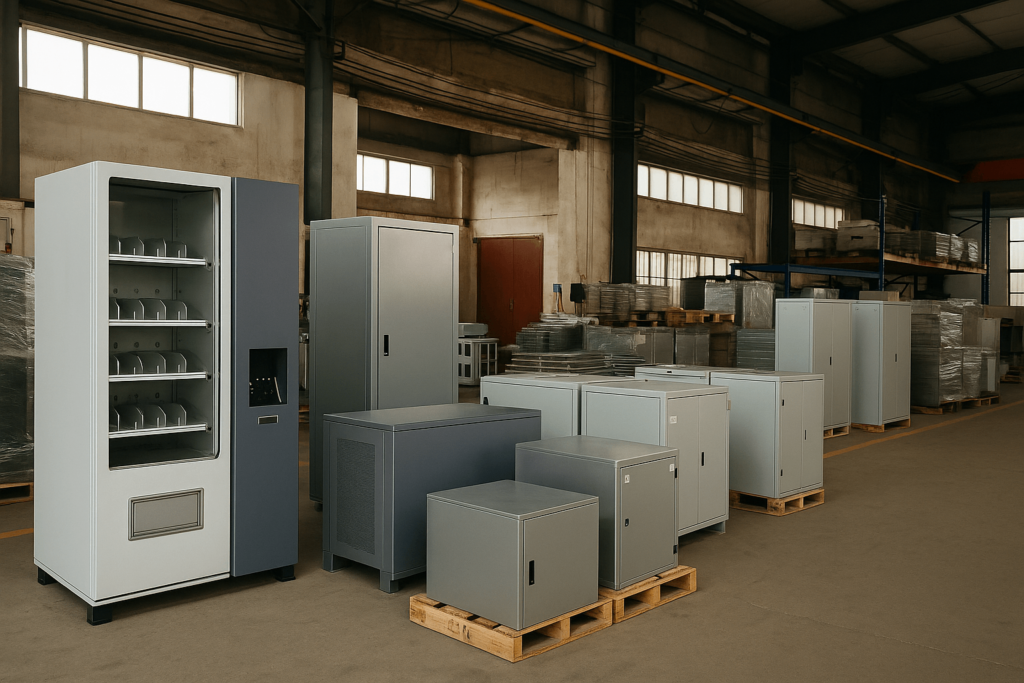When sourcing fabricated metal products, overseas buyers must prioritize consistency, tolerance, and production efficiency. Whether you’re importing sheet metal components, industrial cabinets, or kiosk frames, reliable cutting methods are fundamental to keeping your assembly lines and customer delivery timelines on track.
Traditional methods like plasma or laser cutting might initially appear cost-effective but often introduce hidden risks—heat distortion, secondary finishing needs, and material warping. These drawbacks lead to inefficiencies in international assembly or QC rejections.
So, what is water jet cutting—and why do so many procurement professionals now prefer it over traditional methods? It’s a cold, clean, and highly adaptable cutting solution that enables both custom orders and repeatable batch production—without sacrificing dimensional control.
Inside the Process: What Global Buyers Should Know About Water Jet Cutting
Cold Cutting Technology That Preserves Integrity
Water jet systems use a narrow, high-pressure stream—up to 90,000 psi—combined with fine abrasives like garnet to cut metals without applying heat. Known as abrasive water jet cutting, the process eliminates thermal damage and keeps the original material’s structure intact.
For international buyers, this means consistent results across batches, regardless of material thickness or geometry. Whether cutting stainless steel 316 panels or thin aluminum brackets, this method adapts without added tooling or thermal risk.

Key Equipment and Buyer Impact
When evaluating a supplier’s waterjet capability, procurement teams should focus on core machine elements:
High-Pressure Pump: Determines cut depth and operational stability.
Abrasive System: Impacts surface finish and cost—watch for optimization and recycling.
CNC Control: Ensures consistent tolerances and reliable batch reproducibility.
| Equipment Element | Buyer Consideration |
|---|---|
| Pump Pressure | Can they cut thick, dense materials accurately? |
| Abrasive Management | How often are abrasives replaced or recycled? |
| CNC System & Software | Can they reproduce identical parts reliably? |
If you’re wondering what is a waterjet in practical terms—it’s an adaptable, high-precision platform ideal for contract manufacturing, especially for custom, multi-material, or complex designs.
Lower Rework and Assembly Delays
Waterjet cutting’s burr-free, HAZ-free results significantly reduce the need for downstream processes like grinding or re-machining.
This benefit goes beyond quality—it contributes to faster crating, reduced QA interventions, and improved part fit during overseas assembly. For buyers managing multi-country production schedules, clean-cut parts help minimize assembly mismatches and speed up installation on arrival.
Procurement-Driven Advantages of Water Jet Cutting
Multi-Material Compatibility
A typical B2B buyer may source parts requiring different base metals—aluminum, galvanized steel, copper, or stainless. With abrasive water jetting, a single machine setup supports all these materials without frequent tooling changes.
For example, YISHANG supports clients needing mixed-material retail fixtures, equipment frames, or component panels—delivered in export-ready packaging. If you’re seeking a reliable OEM sheet metal cutting service in China, waterjet technology ensures accuracy across your material range.
Dimensional Fit for Global Assembly

Waterjet’s ±0.1 mm tolerance means your parts assemble with high repeatability, whether final installation occurs in Germany, UAE, or North America.
What sets waterjet apart in international logistics is its role in reducing interlocking issues and improving crate stacking efficiency. Parts that are too tight or loose can delay final product integration, especially in vendor-managed or customer-side assembly. Clean-cut precision reduces these post-arrival challenges.
Tech Comparison: Making the Right Cut
| Cutting Method | Best For | Procurement Risk Factor |
| Water Jet Cutting | Multi-material, clean, accurate parts | Higher cost per cut (abrasive, speed) |
| Laser Cutting | Fast thin-metal cutting | Not suitable for reflective or thick metals |
| Plasma Cutting | Budget thick steel jobs | Often needs secondary processing |
Abrasive waterjet cutting balances precision and flexibility—supporting low-defect delivery in export projects.
Application Scenarios Aligned with Buyer Needs
Waterjet cutting is ideal for industries that require tight tolerances and minimal post-processing:
Telecom Cabinets: Slots and faceplate cutouts with clean grounding surfaces.
Vending & Retail Fixtures: Lock panels and display edges needing no polishing.
Architectural Panels: Intricate designs with corrosion-resistant finishes.
Energy Storage Units: Leak-proof enclosures with weld-ready edges.
Buyers in these sectors often face custom sizes, variant specs, and packaging constraints. Waterjet cutting supports high-mix, low-to-medium volume exports where precision affects downstream integration.
Managing Cost and Risk in Supply Agreements
Ask About Abrasive Consumption
Abrasive material can account for 30–40% of cutting cost. Experienced buyers often inquire how frequently nozzles are replaced and if abrasive water is recycled—especially in large volume contracts.
Waterjet cutting nozzles replaced weeks apart (rather than days) indicate stable operations and cost control.
Production Throughput & Redundancy
When timelines matter, single-head setups pose risk. Ask suppliers how many cutting tables they operate and how they handle peak loads.
Our team, multiple waterjet stations allow parallel batch production. This improves throughput and buffers against delays due to maintenance or file changeover.
Environmental Compliance & Risk Transfer

With 95% of European buyers requiring RoHS compliance or equivalent, sourcing from eco-compliant vendors is no longer optional.
Clarify whether your supplier uses closed-loop filtration systems and how they dispose of abrasive waste. These steps protect your brand’s ESG goals while streamlining customs documentation.
Trends in Water Jet Cutting That Matter for Buyers
AI + CNC Automation
Leading suppliers now use AI-enhanced nesting algorithms to reduce waste and optimize tool paths. The team uses machine-learning software that has cut material waste by 12% on custom runs.
Buyers benefit from lower material cost, fewer rejects, and tighter delivery timelines.
Hybrid Manufacturing Cells
Waterjet machines are increasingly embedded into fabrication cells alongside bending, forming, or spot welding stations. This supports single-vendor solutions and reduces inter-process delays by 20–30%.
If you require cut, formed, and welded products from one source, ask about hybrid cell capabilities.
Green Procurement Alignment
With sustainability mandates increasing, abrasive reuse and water recycling have become differentiators. Over 95% of OEMs in Europe and North America screen vendors for environmental systems.
Request documentation for recycled abrasive programs, RoHS/ISO certifications, and water filtration reuse rates. These aren’t bonuses—they’re procurement requirements.
Vetting a Capable Water Jet Cutting Supplier
Procurement professionals should validate:
Tolerance-verified sample pieces
Equipment age and maintenance records
CAD nesting strategy for layout optimization
QA process documentation (RoHS/ISO audits)
The supplier offers transparent workflow overviews, sample sets, and production capacity maps. As a precision metal parts supplier with water jet cutting, we support high-volume repeatability and tailored export requirements.
Conclusion
Water jet cutting offers more than accuracy—it supports stable procurement outcomes. It minimizes post-processing, standardizes fitment, and ensures material compatibility without retooling.
For overseas buyers managing complex BOMs, custom part variants, and international shipment reliability, waterjet suppliers reduce procurement friction.
The company delivers scalable, clean-cut solutions for batch or custom metal parts. Whether you need custom waterjet cutting for export buyers or long-term high-volume manufacturing, our team is ready to assist.

